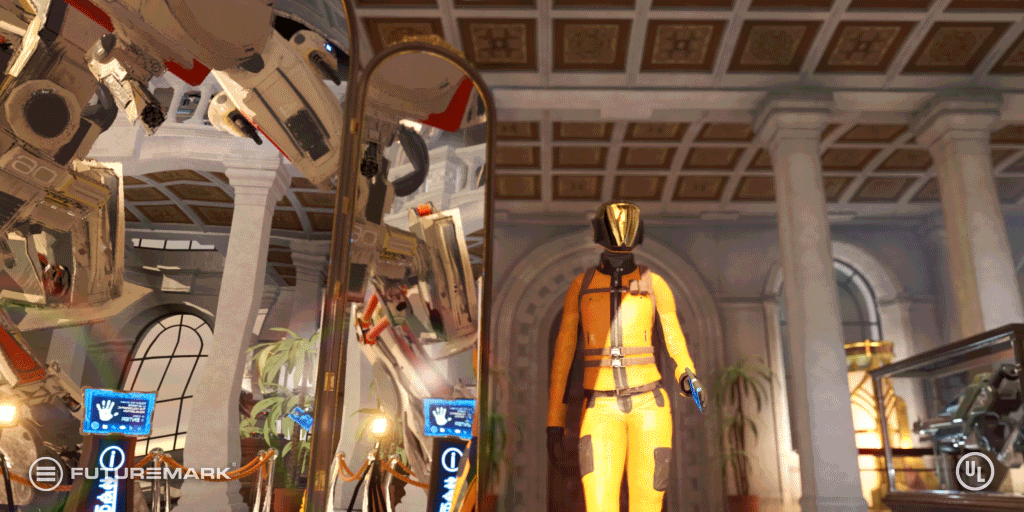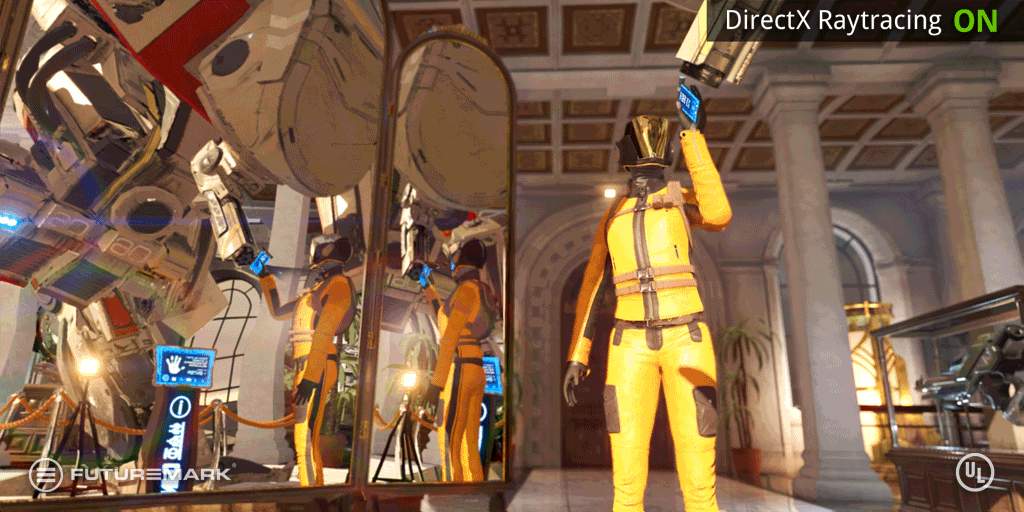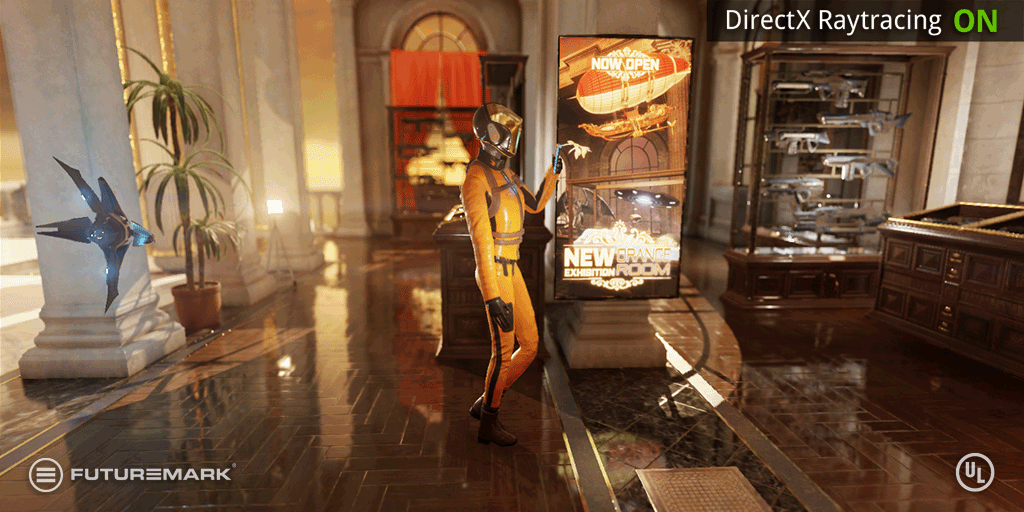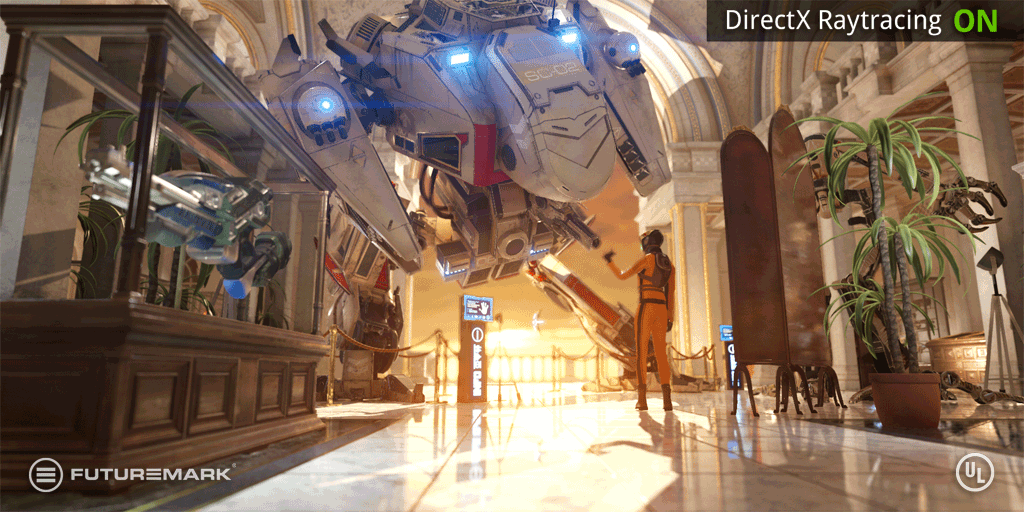Watch our new DirectX Raytracing tech demo
March 21, 2018
We're at the Game Developers Conference this week. It's one of the biggest industry events of the year and a great place to learn about the latest developments in game design and technology.
Microsoft started the show this year by announcing DirectX Raytracing, a new feature in DirectX 12 that opens the door to a new class of real-time graphics techniques for games.
We were thrilled to join Microsoft onstage for the announcement, which we then followed with a presentation of our own work in developing practical real-time applications for this exciting new tech.
Accurate real-time reflections with DirectX Raytracing
Rendering accurate reflections in real-time is difficult. There are many challenges and limitations when using the existing methods.
For the past few months, we've been exploring ways of combining DirectX Raytracing with existing methods to solve some of these challenges.
While much of our presentation went deep into the math for our solution, we'd like to show you some examples of our new technique in action.
With DirectX Raytracing we can render accurate real-time reflections of dynamic objects.
With DirectX Raytracing we can produce reflections of objects that exist outside of the main camera view.
Using DXR we can produce accurate, perspective-correct reflections on all surfaces in real-time.
Reflections are not just for mirrors. They make other surfaces look more realistic too.
Practical real-time raytracing for games
Raytracing is not a new technique, but until recently it has been too computationally demanding to use in real-time games.
With modern GPUs, it's now possible to use rasterization for most of the rendering and a smaller amount of raytracing to enhance shadows, reflections, and other effects that are difficult to achieve with traditional techniques.
Our DXR tech demo runs in real-time on a single current-generation GPU. As it builds on existing methods, it was relatively easy to implement into our DirectX 12 game engine.
We are proud to be one of the first developers chosen to work with DirectX Raytracing and excited about the opportunities for this new API.
We are happy to announce that we will be using DirectX Raytracing in a new 3DMark benchmark test that we hope to release towards the end of the year.
Find out more
You can find more information on DirectX Raytracing on Microsoft's DirectX Developer Blog.
Recent news
-
Procyon Labs launches with FLUX.1 AI Image Generation Demo
November 4, 2025
-
3DMark Solar Bay Extreme is available now!
August 20, 2025
-
3DMark Speed Way Teams up with PC Building Simulator 2!
July 17, 2025
-
New Procyon AI Benchmark for Macs now available
June 25, 2025
-
3DMark for macOS available now!
June 12, 2025
-
New Inference Engines now available in Procyon
May 1, 2025
-
Try out NVIDIA DLSS 4 in 3DMark
January 30, 2025
-
Test LLM performance with the Procyon AI Text Generation Benchmark
December 9, 2024
-
New DirectStorage test available in 3DMark
December 4, 2024
-
New Opacity Micromap test now in 3DMark for Android
October 9, 2024
-
NPUs now supported by Procyon AI Image Generation
September 6, 2024
-
Test the latest version of Intel XeSS in 3DMark
September 3, 2024
-
Introducing the Procyon Battery Consumption Benchmark
June 6, 2024
-
3DMark Steel Nomad is out now!
May 21, 2024
-
Procyon AI Inference now available on macOS
April 8, 2024



